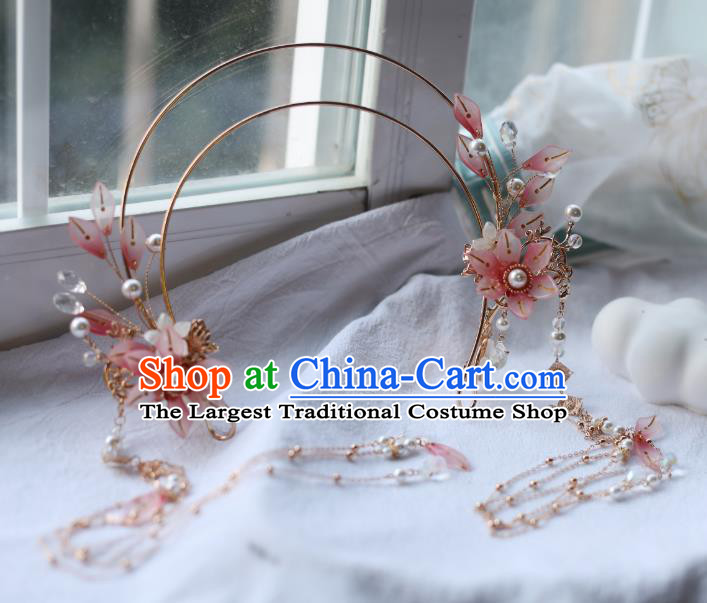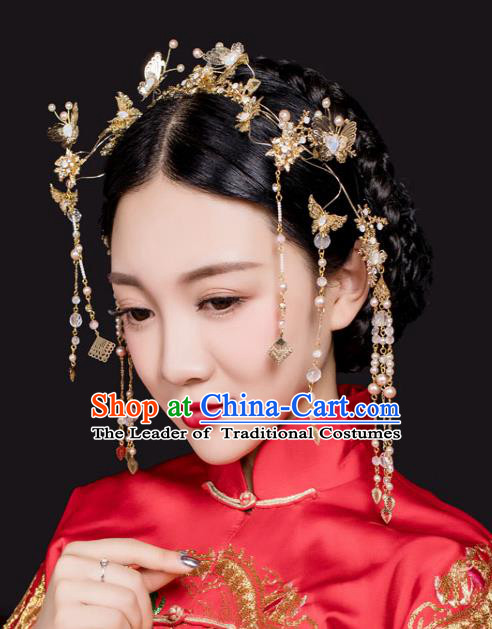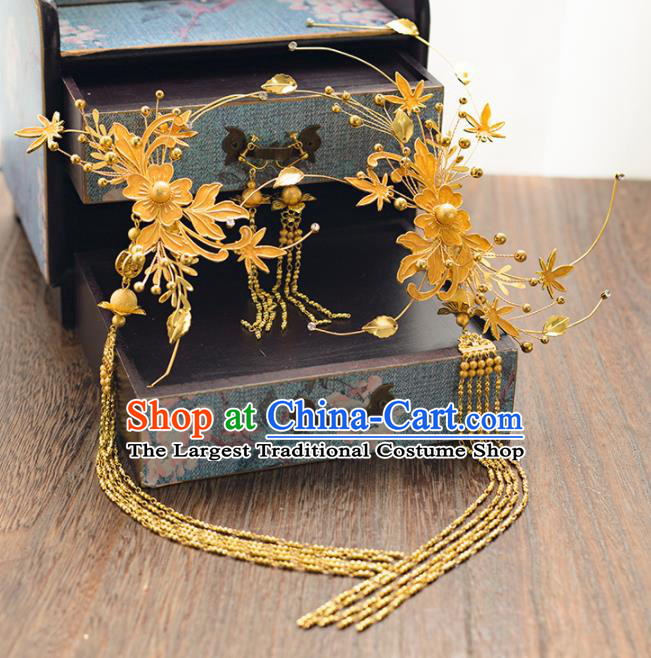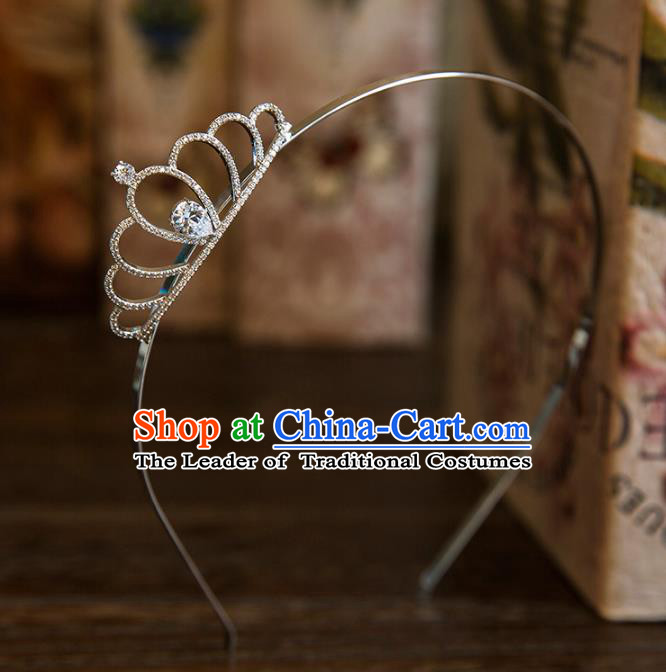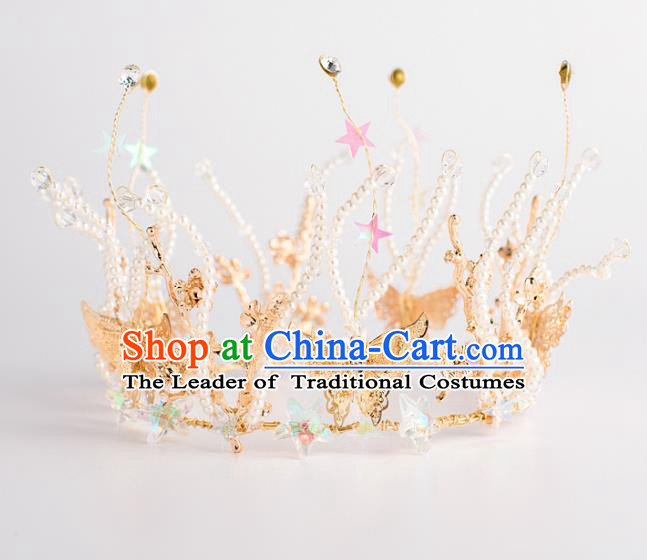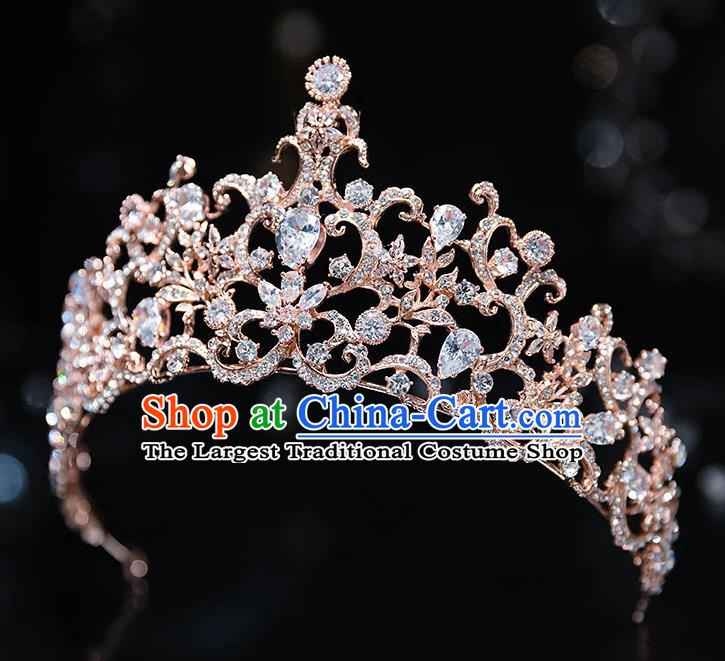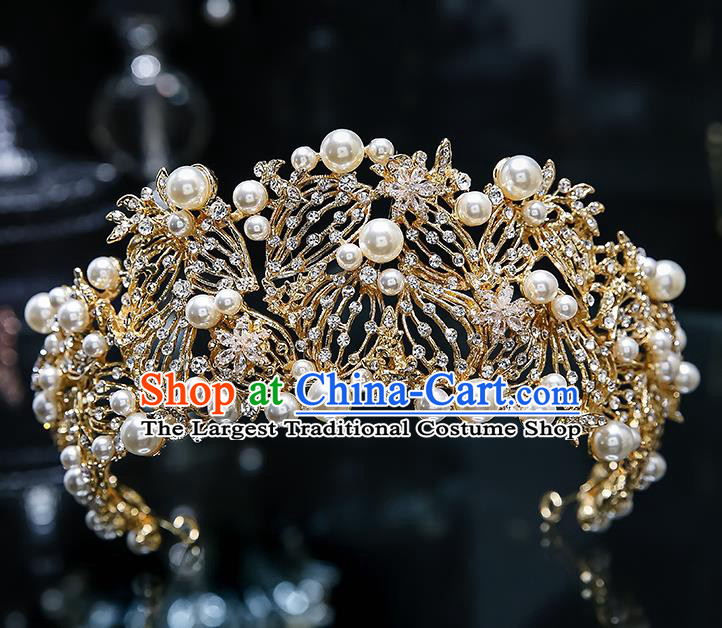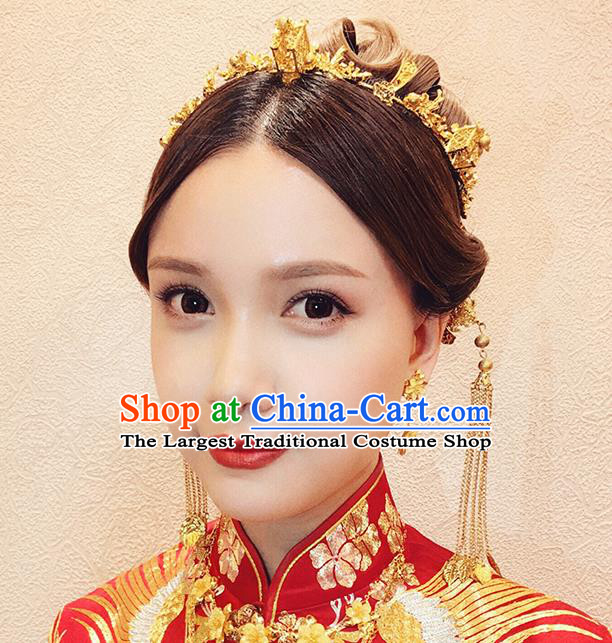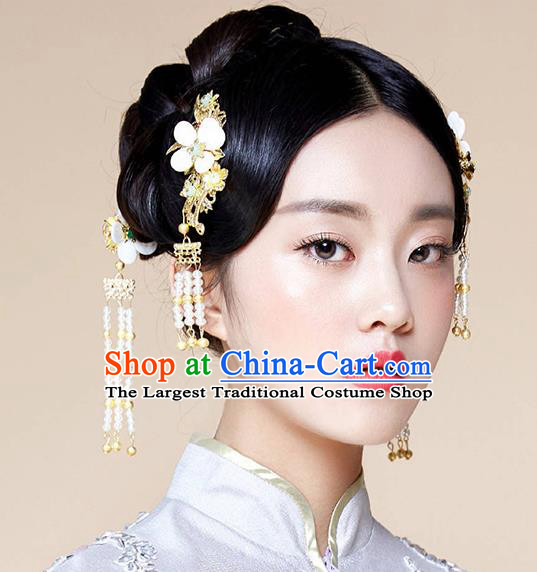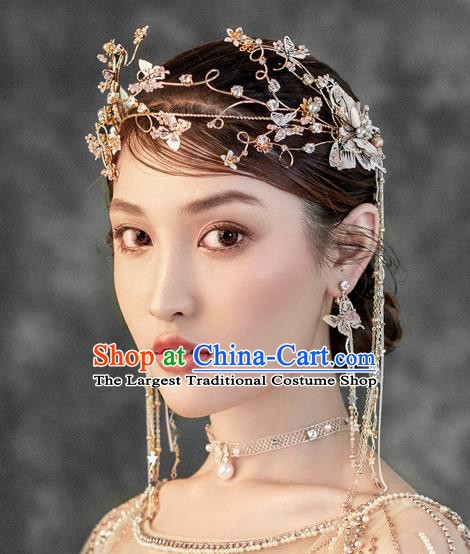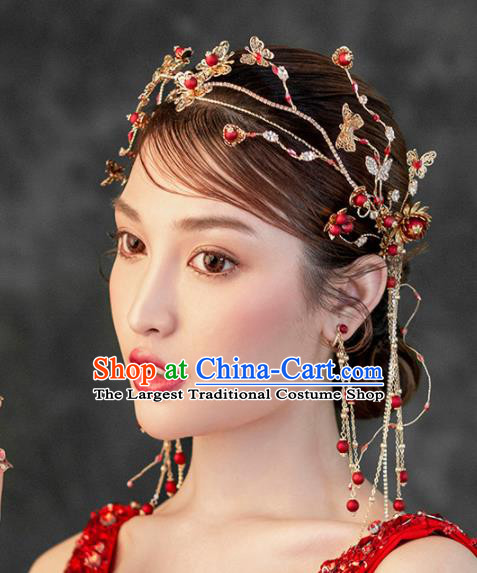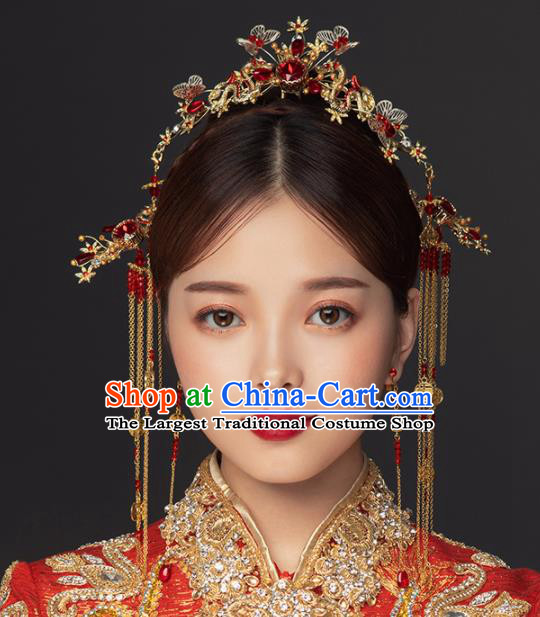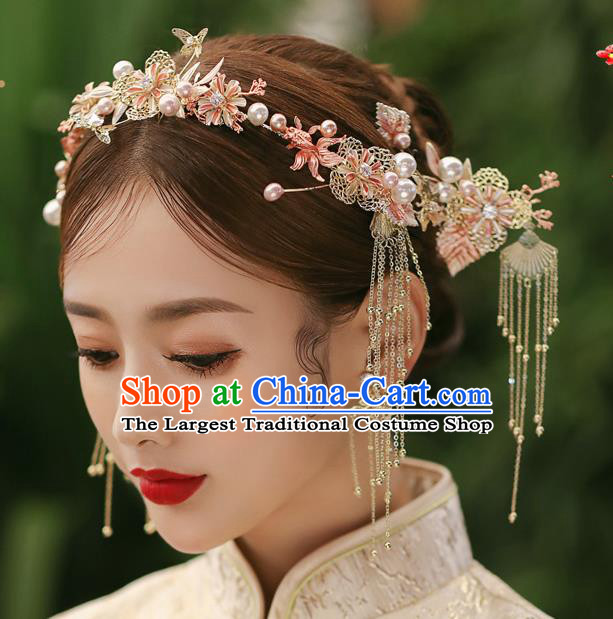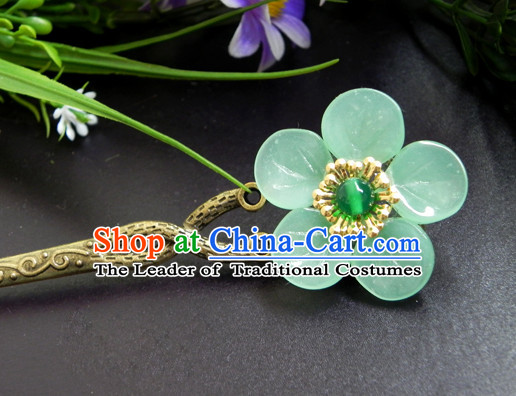
Click Related Pictures for More Audios:
Traditional Chinese Classical Hair Accessories - Flower Hairpin
Flower hairpin is one of the representatives of traditional Chinese classical hair accessories, known for its exquisite craftsmanship and unique design style.
It is usually made of metal or jade, adorned with various floral patterns such as peony, chrysanthemum, plum blossom, etc.
These floral patterns symbolize good luck, blessings, and elegance.
The history of flower hairpin can be traced back to ancient times, with the earliest appearance in the Han Dynasty.
At that time, flower hairpins were mainly made of gold and silver, decorated with various floral patterns.
With the passage of time, the production technology of flower hairpins became more and more sophisticated, and the patterns became richer and more diverse.
In the Tang Dynasty, flower hairpins became an essential accessory for court women, who often wore gorgeous flower hairpins to display their noble status and beautiful appearance.
In the Song Dynasty, the production technology of flower hairpins became even more refined, and the patterns became more complex.
After the Yuan Dynasty, flower hairpins gradually became a popular accessory for women in the general public.
People began to give flower hairpins as gifts to relatives and friends to express their blessings and care.
Today, flower hairpin has become an important part of Chinese traditional culture, not only with rich historical significance but also carrying people's yearning and pursuit for a better life.









































